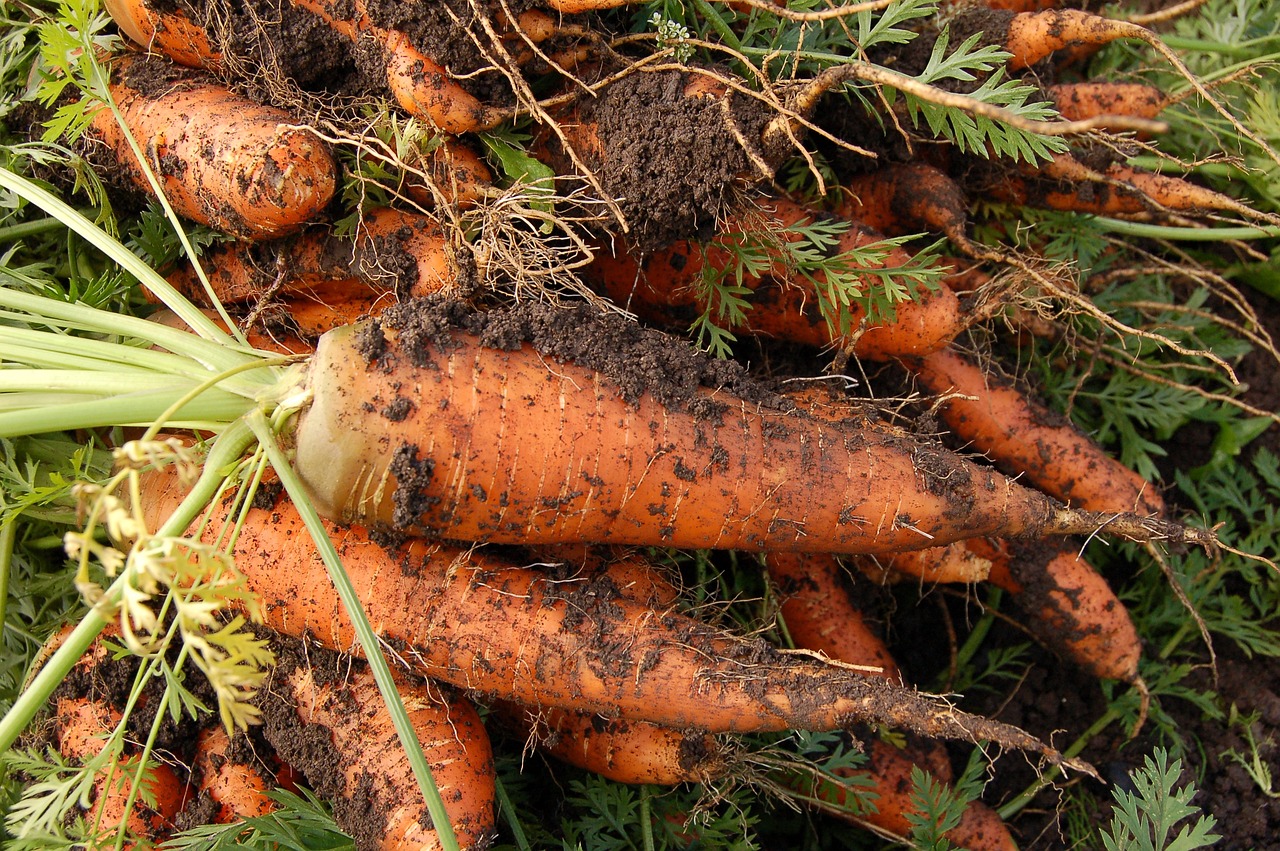
Unlocking the secrets of successful vegetable gardening in Arkansas requires a keen understanding of the region’s unique climate and growing conditions. To maximize your harvest and cultivate a bountiful garden, it’s crucial to determine the best season for planting vegetables. By aligning your gardening efforts with the optimal timing, you can enhance plant growth, increase yields, and savor the flavors of homegrown produce. In this article, we delve into the intricacies of Arkansas’ climate, explore the characteristics of different seasons, and unveil the ideal timeframes for planting vegetables.
Table of Contents
Understanding Arkansas’ Climate for Vegetable Gardening
Arkansas experiences four distinct seasons: spring, summer, fall, and winter. Each season brings its own set of advantages and challenges for vegetable gardening.
Spring (March to May) – The Season of Renewal
Spring marks the beginning of the gardening season, as nature awakens from its winter slumber. Here are some key features of spring in Arkansas:
- Mild temperatures: Spring in Arkansas brings moderate temperatures, with average highs ranging from 60°F (15°C) to 80°F (27°C).
- Increasing daylight: With daylight hours gradually lengthening, plants receive ample sunlight for growth and development.
- Adequate rainfall: Spring showers provide essential moisture for seeds to germinate and plants to establish strong root systems.
- Early crop varieties: Cool-season vegetables like lettuce, spinach, peas, and radishes thrive in the springtime.
Summer (June to August) – The Season of Abundance
Summer in Arkansas is synonymous with warmth and vibrant growth. Here’s what you need to know about gardening during this season:
- High temperatures: Summers in Arkansas can be hot, with average highs ranging from 85°F (29°C) to 95°F (35°C).
- Longer days: The extended daylight period allows for rapid growth and photosynthesis in plants.
- Adequate watering: Regular watering is crucial during the summer months, as the heat can quickly deplete soil moisture.
- Warm-season crops: Vegetables such as tomatoes, peppers, cucumbers, corn, and beans thrive in the summer heat.
Fall (September to November) – The Season of Transition
As summer gives way to fall, Arkansas experiences a shift in weather patterns. Let’s explore the characteristics of fall gardening:
- Mild temperatures: Fall brings cooler temperatures, with average highs ranging from 60°F (15°C) to 80°F (27°C), providing a favorable environment for many vegetables.
- Decreasing daylight: With shorter days, plants receive fewer hours of sunlight, which can slow down growth.
- Less rainfall: While Arkansas experiences some rainfall during the fall season, it is generally less abundant than in spring.
- Cool-season crops: Root vegetables like carrots, beets, and turnips, as well as leafy greens such as kale and Swiss chard, thrive in the fall.
Winter (December to February) – The Season of Rest
Winter in Arkansas brings colder temperatures and a period of dormancy for most plants. Here’s what to consider during the winter months:
- Cold temperatures: Winters in Arkansas can be chilly, with average highs ranging from 40°F (4°C) to 50°F (10°C).
- Limited daylight: Winter days are shorter, providing less sunlight for plant growth.
- Frost protection: Frost can damage or kill tender plants, so it’s essential to protect them with covers or by moving them indoors.
- Season extension techniques: Cold frames, row covers, and greenhouses can help extend the growing season for cold-tolerant vegetables like kale, Brussels sprouts, and cabbage.
Unveiling the Best Season to Plant Vegetables in Arkansas
- In Arkansas, the ideal time for planting vegetables in the autumn is from mid-August to mid-September.
- This timeframe allows gardeners to take advantage of the state’s mild temperatures and shorter days, while also avoiding the first frost, which typically occurs in late October or early November.
The Best Vegetables to Plant in Autumn
- Some of the best vegetables to plant in autumn in Arkansas include:
- Lettuce
- Spinach
- Kale
- Collards
- Radishes
- Carrots
- Beets
- Turnips
- Swiss chard
- Peas
- Broccoli
- Cauliflower
- Cabbage
- Brussels sprouts
